Spring is the perfect time to rejuvenate your lawn after the long, harsh winter. Whether you live in the wet and cool climates of Northern Europe, or sunnier regions of Southern Europe, proper spring lawn care is essential for achieving a lush, green lawn.
By following the right steps, you can help your grass recover from winter stress, promote healthy growth, and prepare it for the months ahead. In this guide, we’ll cover 10 essential spring lawn care tips tailored for European lawns to help you achieve a beautiful, thriving lawn.
1. Cleaning Your Lawn
The first step to a beautiful spring lawn is giving it a thorough cleaning. As winter fades, your lawn is likely covered with fallen leaves, twigs, dead grass, and other debris that can suffocate the grass and block essential sunlight and nutrients.
To properly clean your lawn, start by gently raking the surface with a spring-tine rake or lawn broom. This process helps remove debris and also lifts matted grass blades, allowing fresh air to circulate. In addition, you can make your job easier with the Mammotion YUKA robotic lawn mower, which effortlessly sweeps up leaves, debris and grass clippings, as well as removing branches up to 3.5 centimeters in diameter.
Cleaning your lawn not only improves its appearance but also prepares it for aeration, fertilization, and other essential maintenance tasks.
2. Aeration (If Needed)
Aeration involves creating small holes in the soil to allow better air, water, and nutrient penetration, promoting healthier root growth. Aeration is a crucial step for lawns suffering from soil compaction, especially those in high-traffic areas or with heavy clay soils commonly found in parts of Northern and Central Europe.
The best time to aerate your lawn is early spring when the grass begins to actively grow. You can use a garden fork for small lawns or a mechanical aerator for larger areas. Focus on areas where the soil feels hard or where moss and weeds are particularly troublesome.
Aeration is not always necessary for all lawns, but if your soil is compacted or your lawn appears to be struggling, this step can significantly enhance grass vitality and overall health.
3. Mowing Your Lawn
For the first cut of the season, avoid cutting the grass too short; instead, trim no more than one-third of the grass blade’s height to prevent stress and encourage healthy growth. Remember to check your mower before you do your first mowing to make sure the blades are sharp.
As the weather warms up, grass begins to grow actively, making regular mowing a crucial task. For those looking for a convenient and efficient mowing solution, the Mammotion YUKA mini 600 is an excellent choice, especially for small gardens and lawns up to 800m². This advanced robotic mower offers precise cutting and ensures your lawn remains evenly cut and healthy throughout the growing season.
 4. Moss Control & Weed Removal
4. Moss Control & Weed Removal
Moss and weeds can quickly take over your lawn if not properly managed, especially in damp and shaded areas common across the UK, Ireland, and parts of Northern Europe. So moss and weed control also are important tasks of spring lawn care.
To tackle moss, apply a moss killer containing iron sulfate, which effectively destroys moss while enhancing grass color. After treatment, rake out the dead moss to prevent it from returning.
For weed removal, you can either pull weeds by hand or use a selective herbicide that targets broadleaf weeds without harming your grass. Early spring is the ideal time to address these issues before weeds and moss have a chance to spread. Maintaining a healthy, dense lawn through regular care also naturally suppresses weed growth.
5. Scarification (Thatch Removal)
Scarification is an essential spring lawn care step that involves removing thatch— a layer of dead grass, roots, and organic matter that can build up on the soil surface. If left untreated, thatch can suffocate your grass, hindering water, nutrients, and air from reaching the roots.
The best time to scarify your lawn is in early spring, just as the grass begins to grow actively. You can use a manual rake or a mechanical scarifier for larger lawns. The process involves running the scarifier over the lawn to cut into the thatch and remove it.
By scarifying your lawn, you help improve its overall health, promote better root growth, and reduce the risk of disease. It’s a great way to rejuvenate your lawn and prepare it for the warmer months ahead.
6. Fertilization
Spring is the perfect time to give your lawn a nutrient boost after the winter months. Fertilizing your lawn helps it recover from winter stress and supports healthy, vigorous growth as the growing season begins. You can have a soil test if you are not sure which fertilizer is right for your lawn.
When choosing a fertilizer, look for one that is high in nitrogen, as this encourages lush, green growth. You can opt for a slow-release fertilizer, which provides nutrients gradually, or a fast-release option for quicker results. Apply fertilizer in early spring, when the grass starts to green up, and follow the manufacturer’s instructions to avoid over-fertilizing.
Be sure to water your lawn well after fertilizing to help the nutrients penetrate the soil. Regular fertilization, combined with proper mowing and watering, will give your lawn the strength it needs to thrive throughout the season.

7. Overseeding
Overseeding is an important step for revitalizing your lawn, especially if it has become thin, patchy, or damaged over time. This process involves spreading new grass seed over your existing lawn to fill in bare spots and promote denser growth.
The best time to overseed is in early spring, as the soil begins to warm up and grass seeds can germinate effectively. Before overseeding, mow your lawn to a shorter height and lightly rake the soil to create small openings where the seeds can settle. You can choose a grass seed variety that matches your existing lawn type and climate—cool-season grasses are ideal for northern Europe, while warm-season grasses work better in southern regions.
After overseeding, water your lawn consistently to ensure proper seed germination. With proper care, your lawn will become fuller and healthier, giving it a lush appearance throughout the season.
8. Watering (If Necessary)
Watering is a crucial part of lawn care, especially during the spring months when the grass is actively growing. However, it’s important not to overwater your lawn, as excessive moisture can lead to shallow root growth and promote disease.
In general, lawns in northern and central Europe tend to receive enough rainfall in the spring, so watering may not be necessary unless there is a dry spell. If your lawn starts to show signs of drought stress, such as wilting or a bluish tint, it’s time to water. Aim for deep, infrequent watering to encourage strong root development.
A good rule of thumb is to water your lawn once or twice a week, providing about 1 inch (25 mm) of water each time. Water early in the morning to minimize evaporation and allow the grass to dry before evening, reducing the risk of fungal diseases.
9. Edging & Fence Maintenance
Edging your lawn is an easy but effective way to improve its appearance and give it a neat, well-maintained look. By defining the boundary between your lawn and garden beds, pathways, or driveways, you create a clean, sharp line that enhances the overall aesthetic of your outdoor space. Use a manual or electric edger to trim the edges of your lawn, ensuring the blades stay neat and tidy throughout the season.
In addition to edging, spring is a great time to check and maintain your garden fences or barriers. Ensure they are secure and free from damage, as strong winds and weather conditions can cause wear and tear. If needed, repaint or reseal wooden fences to protect them from the elements.
10. Regular Inspection
Maintaining a healthy lawn throughout spring requires consistent monitoring and care. Regularly inspecting your lawn allows you to catch potential issues early, such as signs of disease, pest infestations, or nutrient deficiencies. Look for discoloration, uneven growth, or areas where the grass appears unhealthy.
Check the soil condition as well—compacted soil can restrict root growth, while overly moist areas may indicate poor drainage. Address these problems promptly to prevent them from worsening. Additionally, keep an eye out for weed growth and remove them before they have a chance to spread.
By performing regular inspections and making necessary adjustments, you can ensure your lawn stays in top condition and thrives throughout the entire growing season.
Why Not Choose a Robot Lawn Mower as Your Gardener?
Maintaining a lush, green lawn can be time-consuming and labor-intensive. But what if you could enjoy a beautifully manicured lawn without the hassle? There is no doubt that you can easily enjoy the whole day!
Robotic mowers like the Mammotion YUKA mini series can handle the hard work for you. These smart devices are designed to operate independently, automatically adjusting to your lawn’s unique requirements. They provide consistent mowing, ensuring your grass is cut evenly and stays healthy throughout the season.
If you're looking to simplify your spring lawn care routine while maintaining a pristine lawn, investing in a robotic mower could be the perfect solution.
Conclusion
Achieving a lush, green lawn this spring doesn’t have to be difficult. By following these ten essential tips—ranging from mowing and fertilization to edging and regular inspections—you can ensure your lawn remains healthy and vibrant throughout the growing season.
And if you’re looking for a hassle-free way to keep your lawn in pristine condition, consider investing in a robotic mower like the Mammotion YUKA mini 600. Its innovative features and reliable performance make it an ideal choice for homeowners who value convenience and efficiency. Check here for more information!
Start implementing these spring lawn care practices today, and enjoy a beautiful, thriving lawn all season long!
Frequently Asked Questions
1. What should I put on my lawn in spring?
In spring, it's essential to provide your lawn with the necessary nutrients and care to promote healthy growth. You should apply spring fertilizer for your lawn in the spring, which is a balanced, slow-release fertilizer high in nitrogen so it can encourage lush, green growth.
2. What is the best lawn treatment in spring?
The optimal spring lawn treatment involves a combination of:
- Soil Testing: Determine soil pH and nutrient levels to tailor your fertilization approach.
- Fertilization: Apply a fertilizer with the appropriate nutrient ratio based on soil test results.
- Weed Management: Implement both pre-emergent and post-emergent herbicides as needed.
- Aeration and Overseeding: Enhance soil structure and fill in sparse areas to promote a robust lawn.
This comprehensive approach ensures your lawn receives the care it needs for optimal health.
3. Why Choose the Mammotion YUKA mini robot lawn mower?
- Perfect for Small Lawns: This smart, wireless robotic mower is perfect for small to medium-sized gardens, especially popular across Europe.
- Precision Cutting: Its intelligent mowing system ensures even cutting across your lawn, promoting healthier grass growth.
- Wireless Operation: Unlike traditional robotic mowers, the YUKA mini robot lawn mower operates without the need for boundary wires, making setup and maintenance hassle-free.
- Quiet and Eco-Friendly: This mower works quietly and produces zero emissions, making it ideal for environmentally-conscious homeowners.
- User-Friendly Controls: Easily manage mowing schedules via the Mammotion app, giving you full control over your lawn care from anywhere.
- Safety Features: With advanced obstacle detection and avoidance, the YUKA mini navigates safely around your garden without causing damage.
For those looking to enhance their lawn care experience with minimal effort, the Mammotion YUKA mini robot lawn mower offers an unmatched combination of convenience, efficiency, and performance.
4. What is the best feed for lawns?
The ideal lawn feed depends on your grass type and soil condition. Generally, a balanced fertilizer with a higher nitrogen content, such as a 16-4-8 NPK ratio, is effective in promoting green, vigorous growth. Organic options like compost or well-rotted manure can also provide nutrients while improving soil structure. Always consider a soil test to determine specific nutrient needs.
5. What is the best fertilizer for spring?
A suitable spring fertilizer should have a higher nitrogen ratio to support leaf development. Products like the Advanced Lawn Food 16-4-8 offer a balanced nutrient mix ideal for spring application. Slow-release formulations are beneficial as they provide a steady nutrient supply over time, reducing the risk of nutrient leaching and promoting sustained growth.
6. Should I scalp my lawn in the spring?
Scalping, or mowing the grass very short, is generally not recommended for cool-season grasses common in Europe, as it can stress the lawn and make it more susceptible to weeds and diseases. However, for warm-season grasses, a light scalping in early spring can remove dormant grass and encourage new growth. Always adjust mowing practices based on your specific grass type and regional climate.
7. How to get grass dark green?
Achieving a dark green lawn involves:
- Proper Fertilization: Use a nitrogen-rich fertilizer to enhance chlorophyll production, which deepens green color.
- Adequate Watering: Maintain consistent moisture without overwatering to prevent root diseases.
- Soil Health: Ensure soil pH is between 6.0 and 7.0 for optimal nutrient availability.
- Iron Supplements: Applying iron can intensify green coloration without promoting excessive growth.
Regular maintenance and addressing any underlying soil deficiencies are key to a vibrant lawn.
8. Should you fertilize your lawn before or after it rains?
It's best to fertilize when the soil is moist but not saturated. Applying fertilizer before a light rain can help nutrients penetrate the soil; however, heavy rainfall can cause runoff and nutrient loss. If heavy rain is forecasted, it's advisable to wait and fertilize afterward, followed by controlled irrigation to ensure proper absorption.


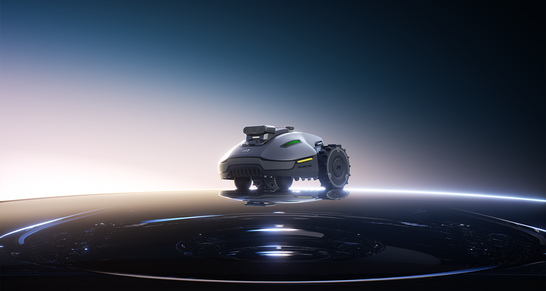
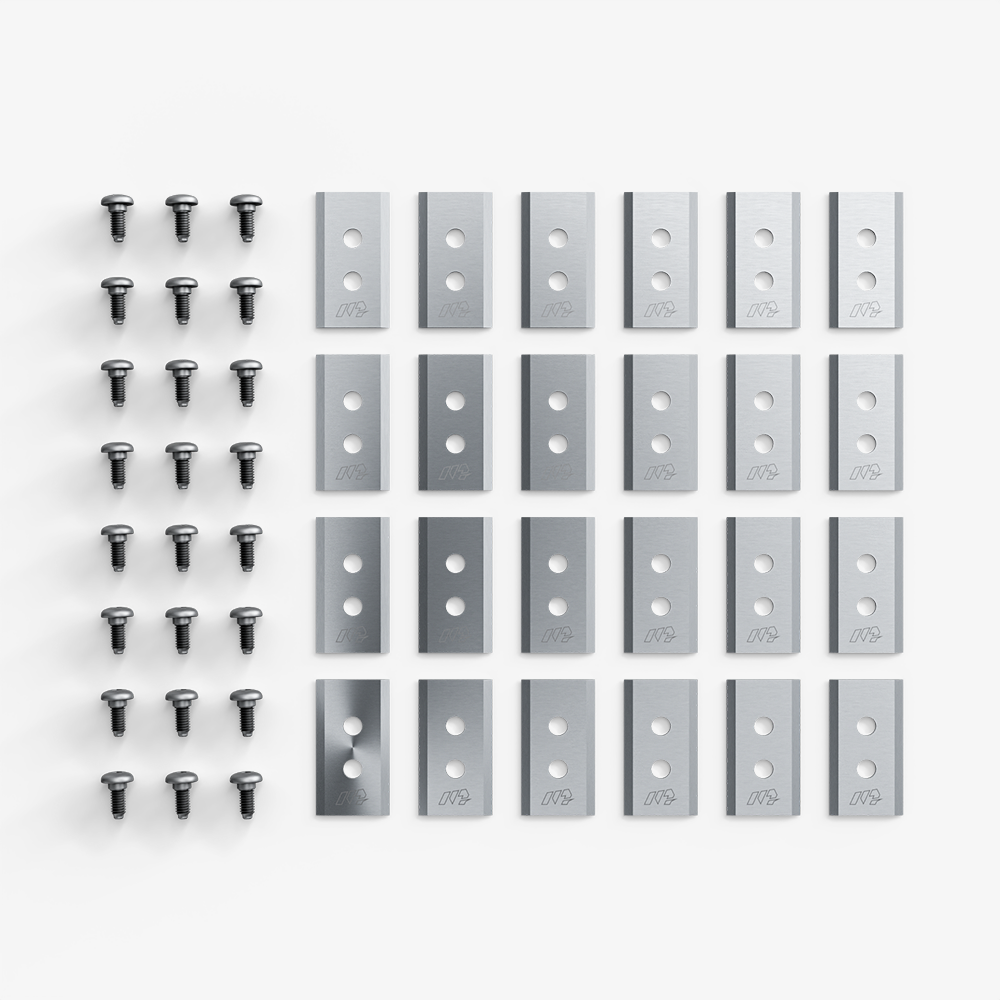

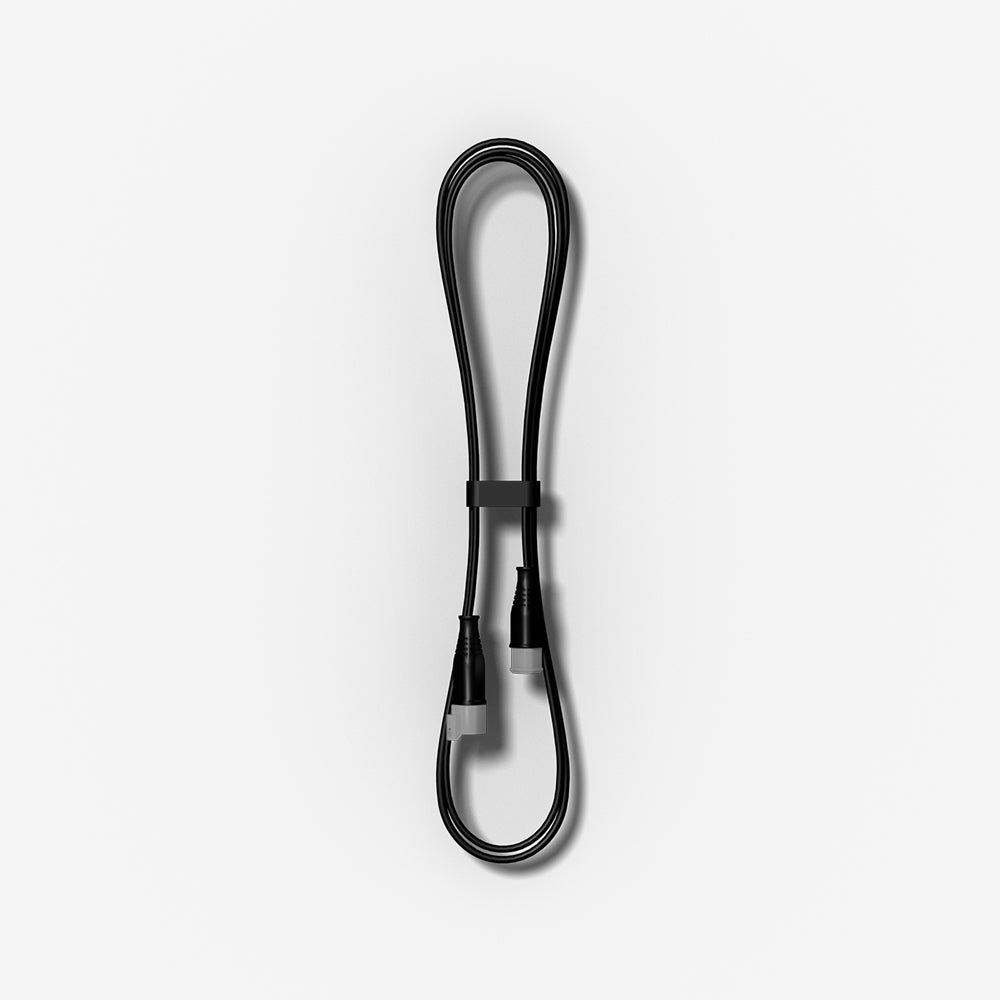
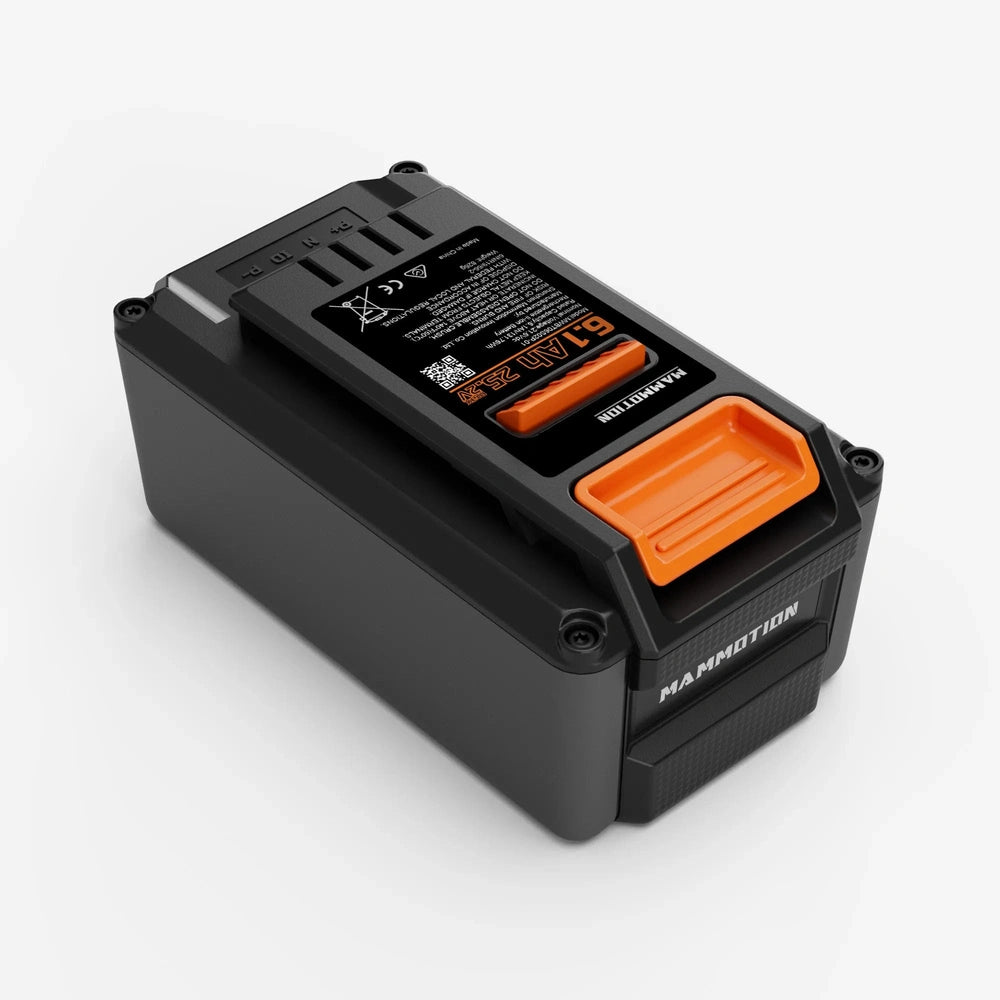
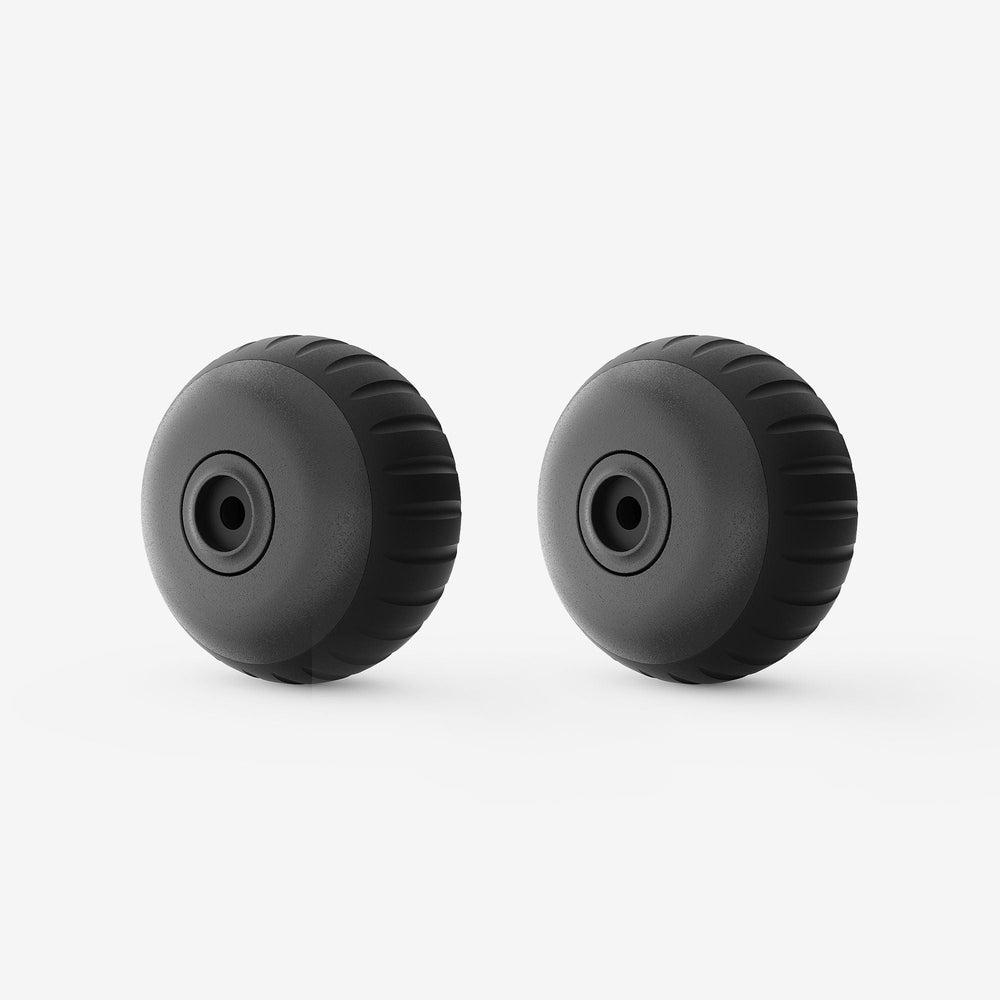


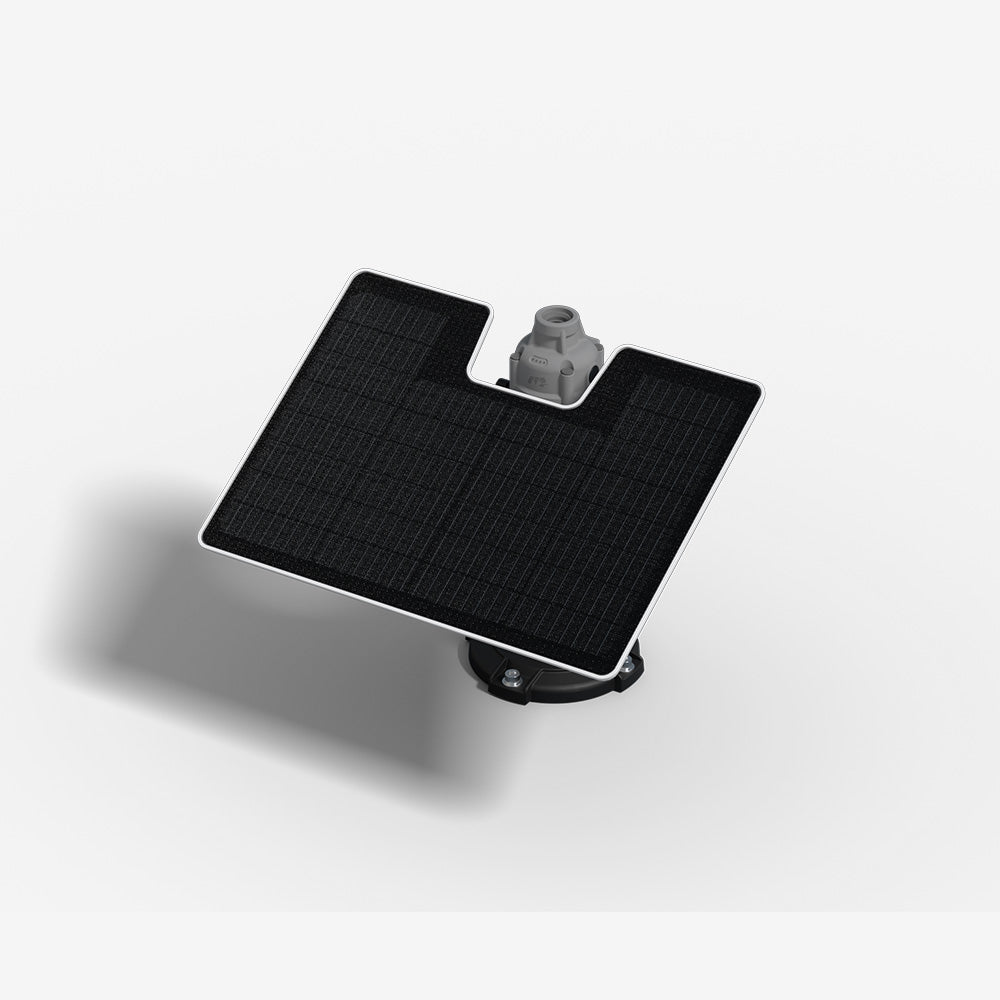

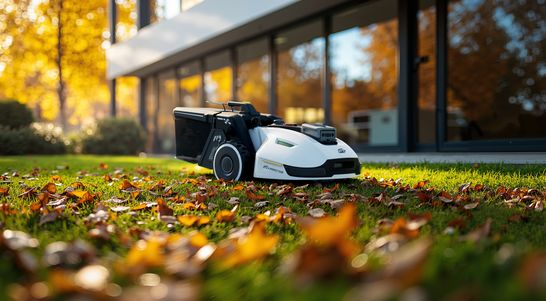
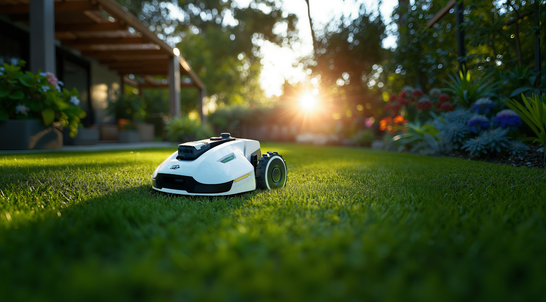
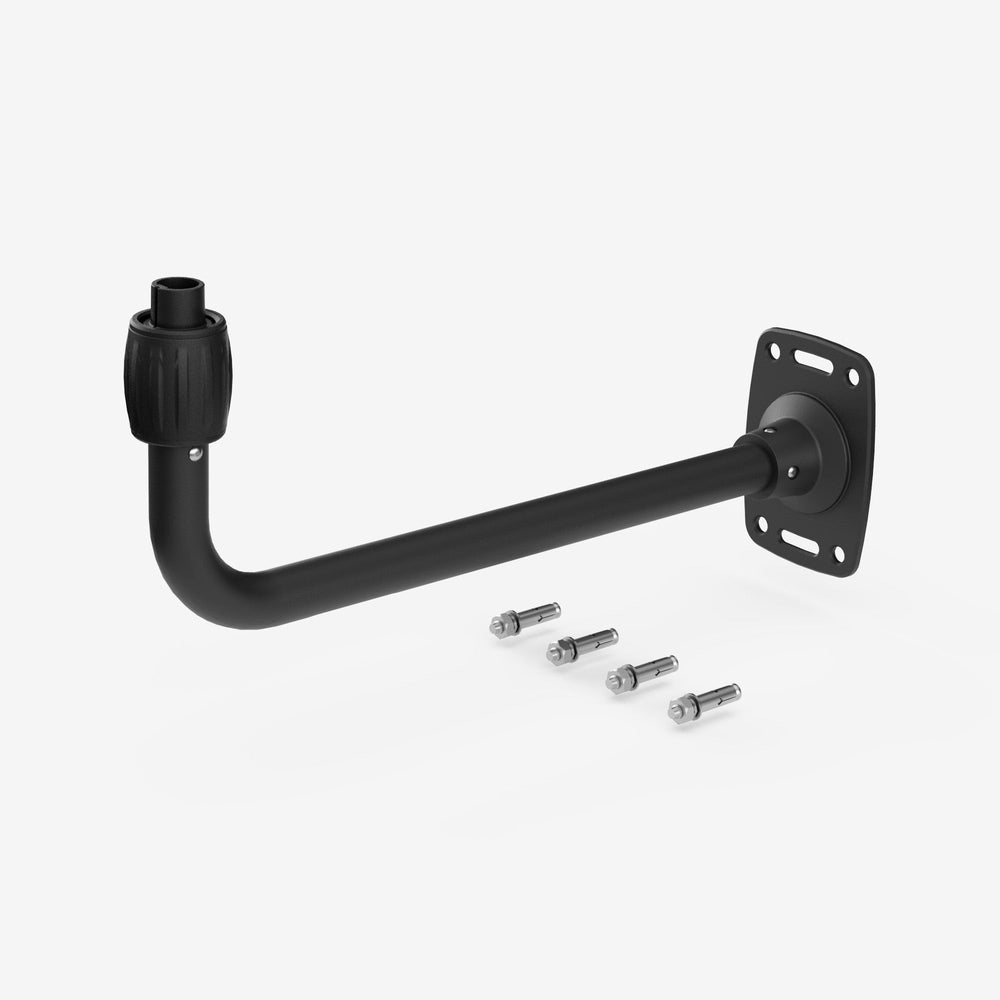
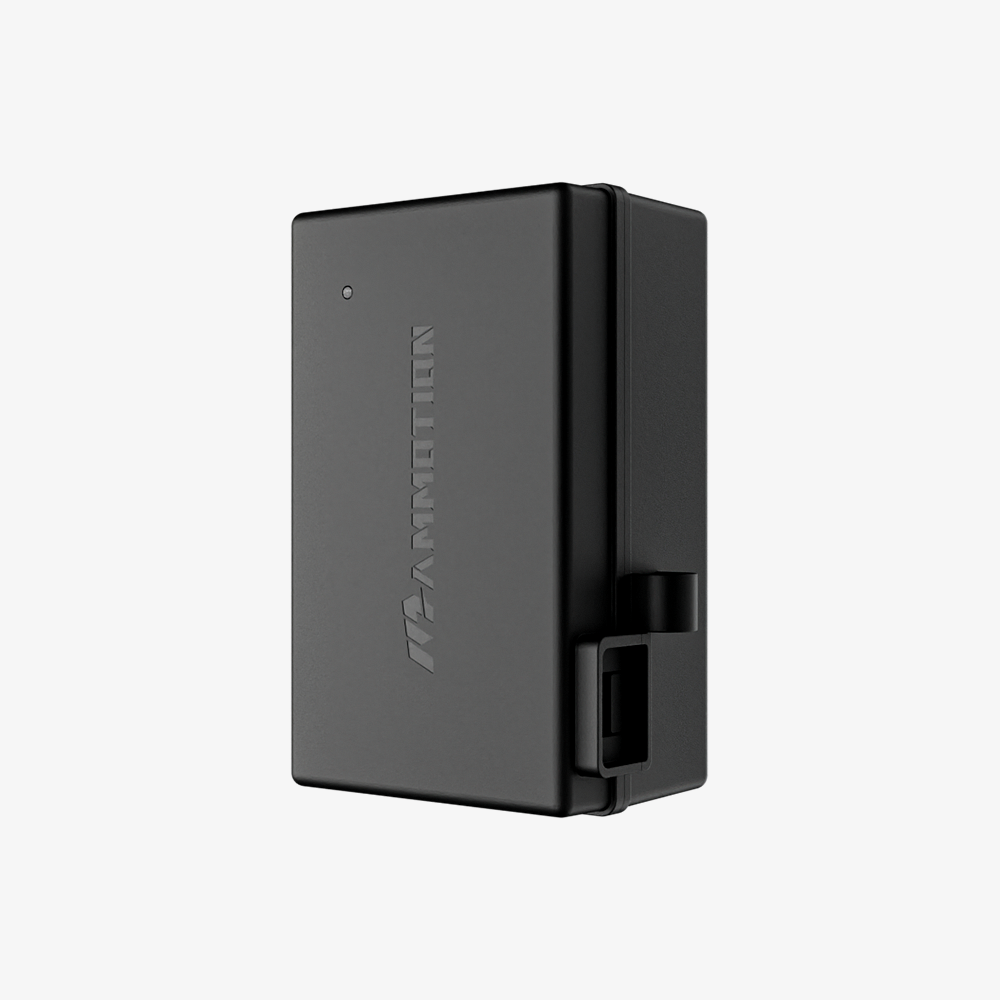
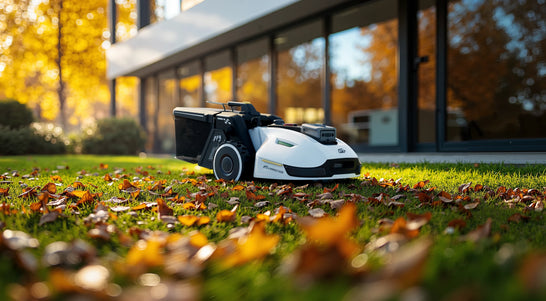
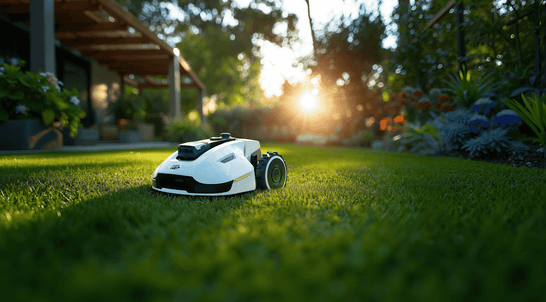

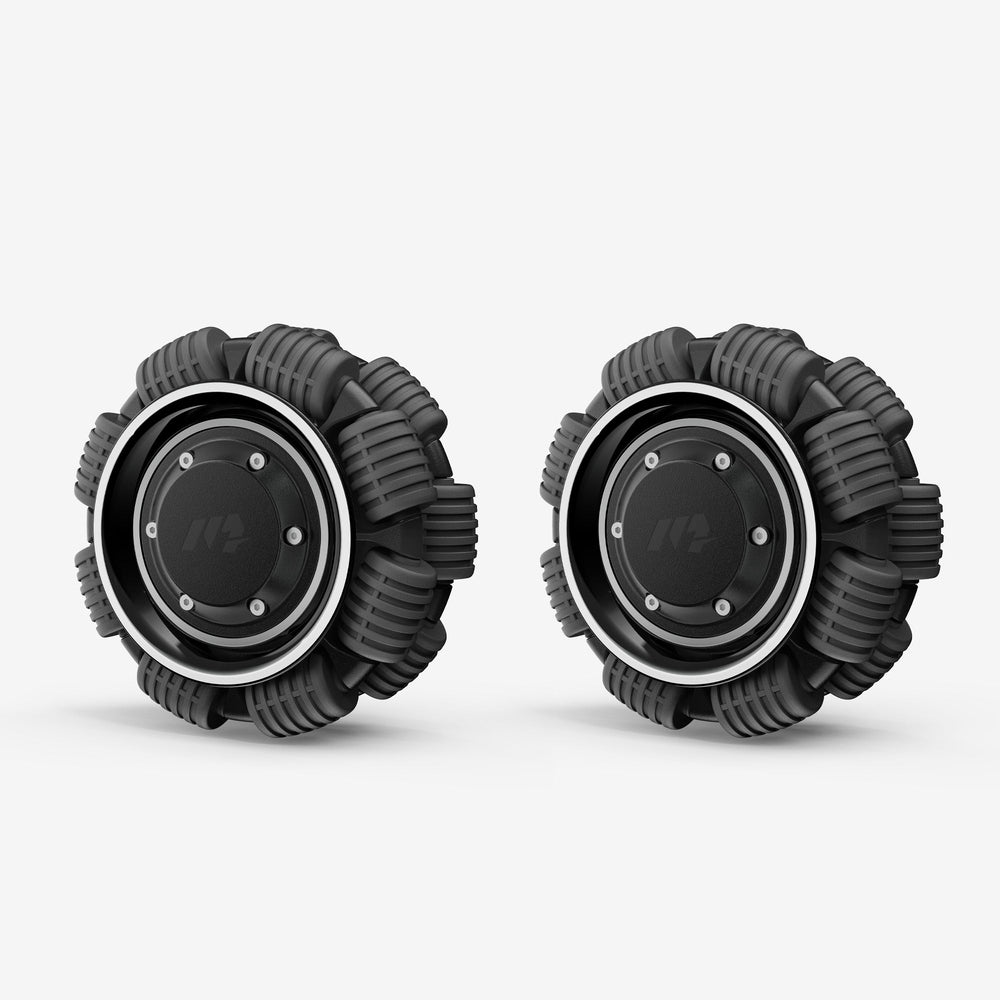
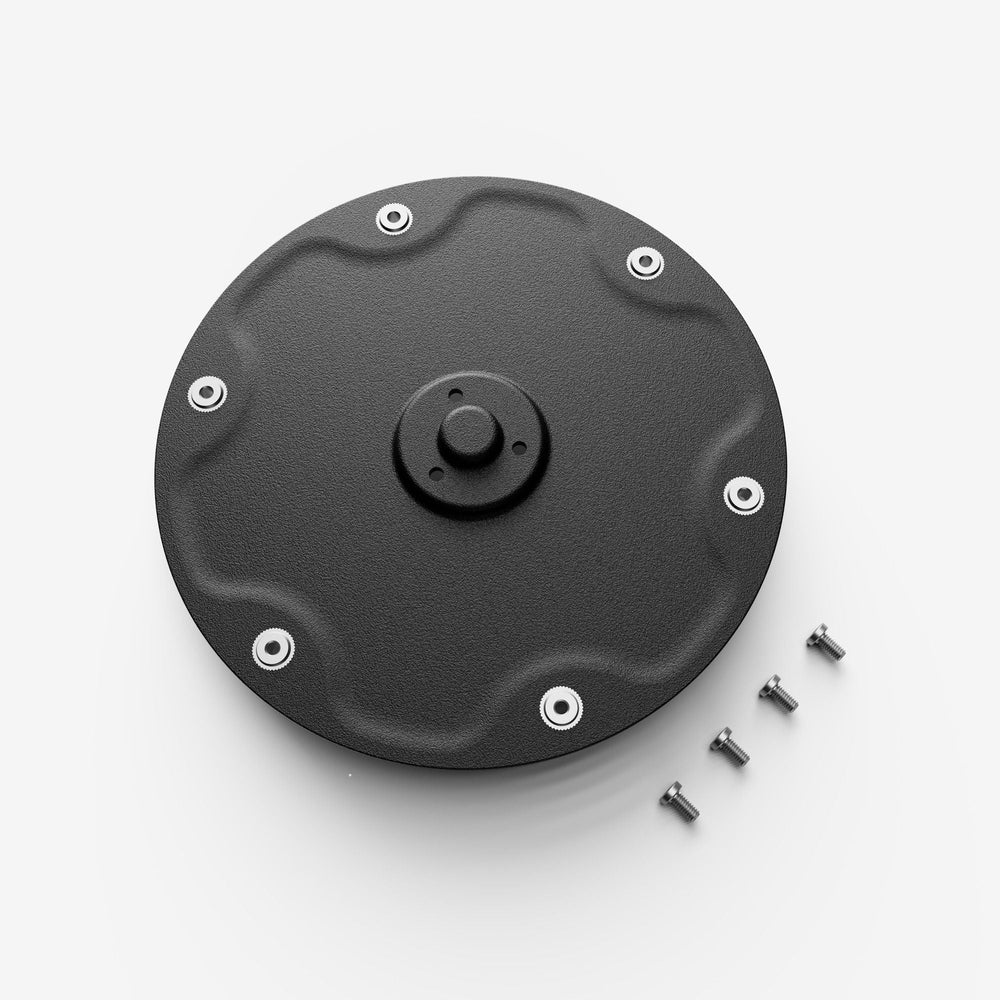

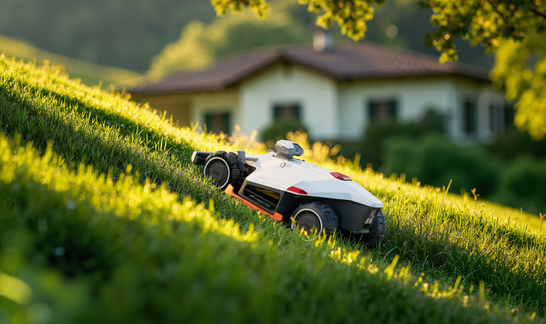
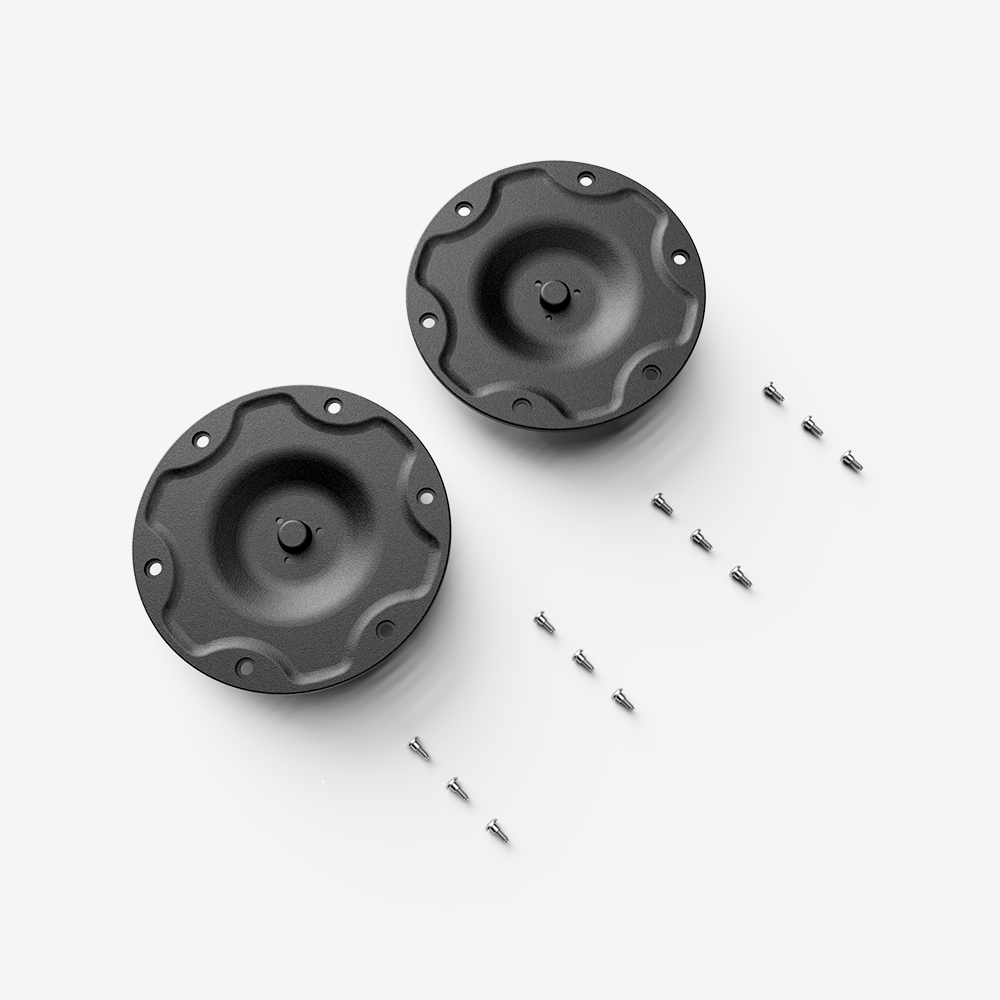
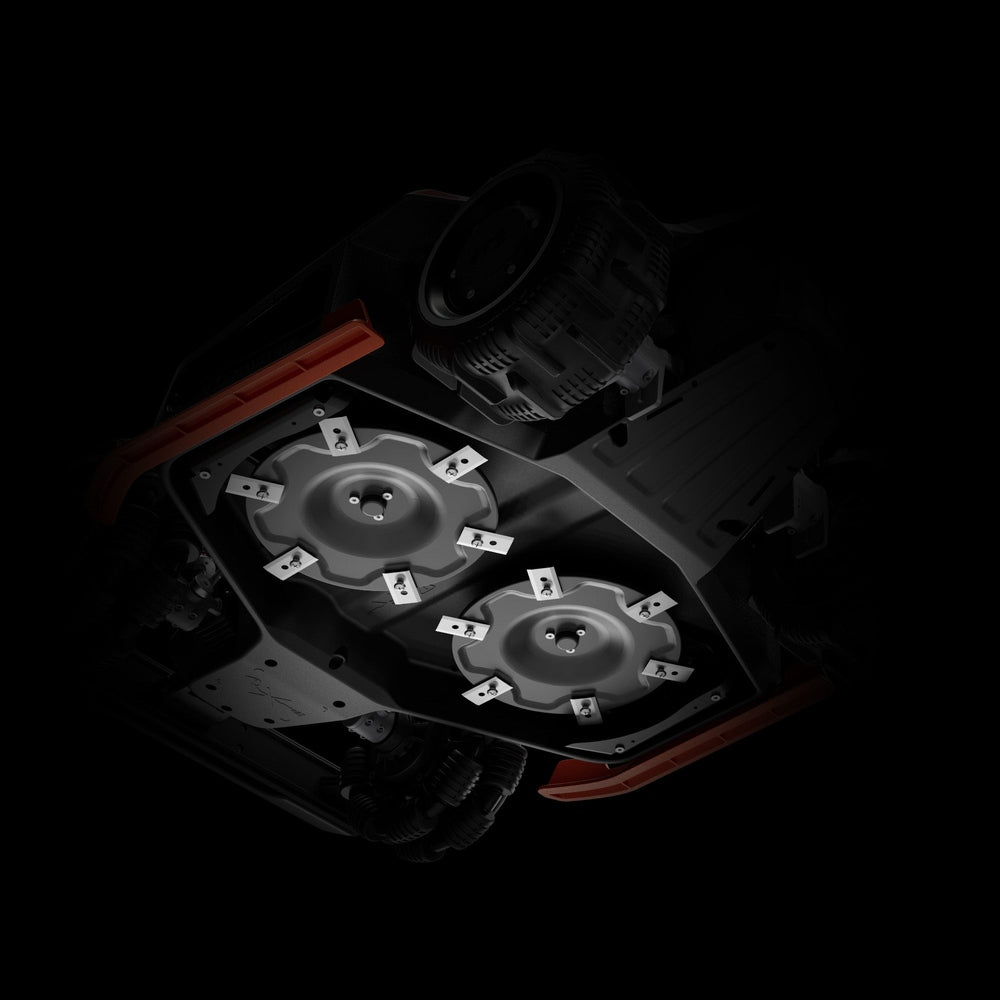
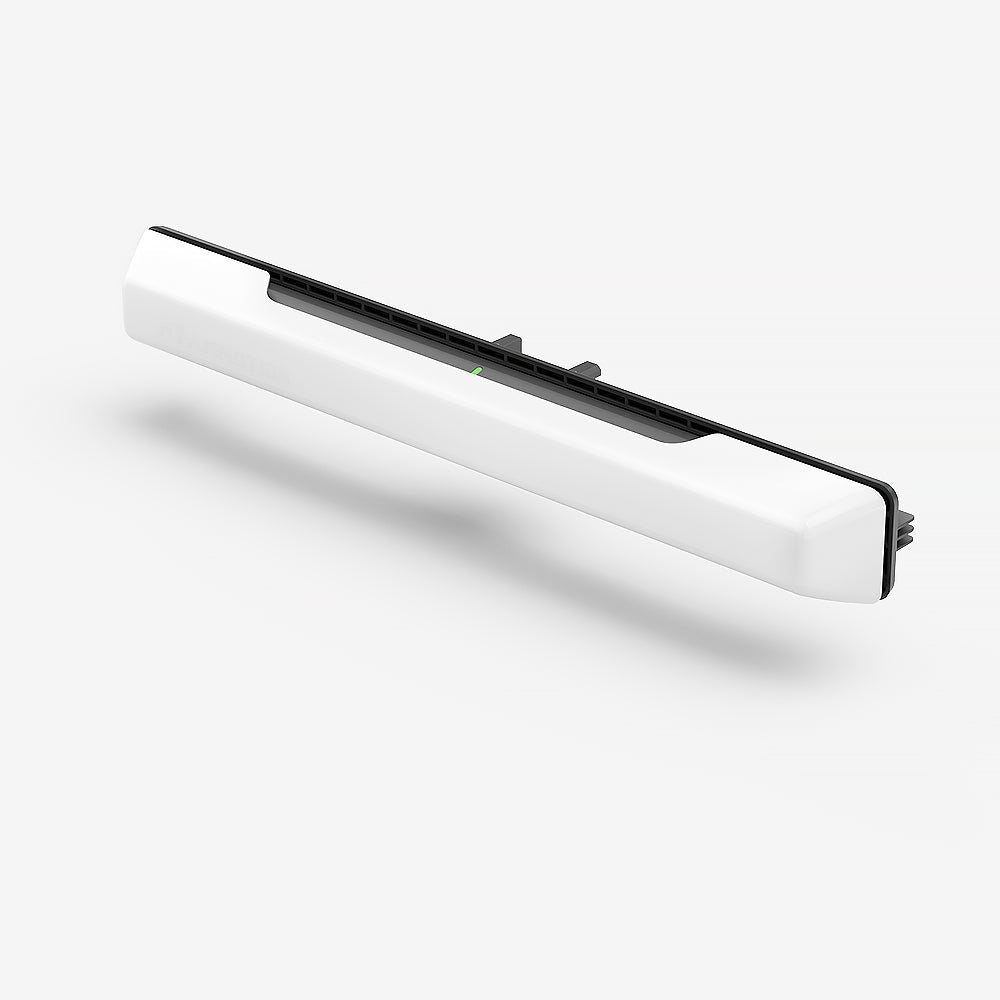



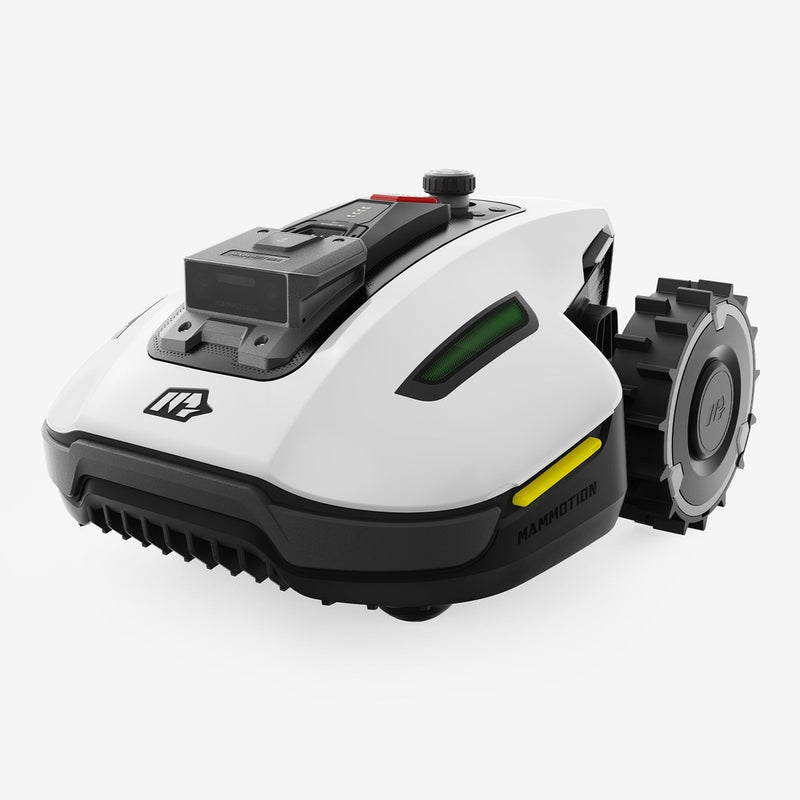
Leave a comment
This site is protected by hCaptcha and the hCaptcha Privacy Policy and Terms of Service apply.